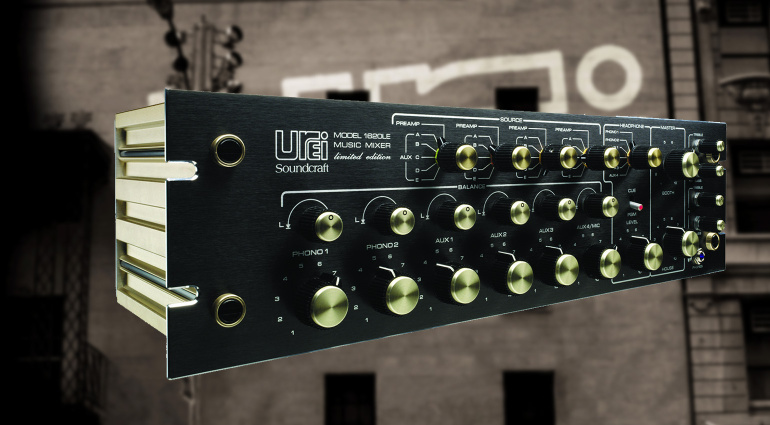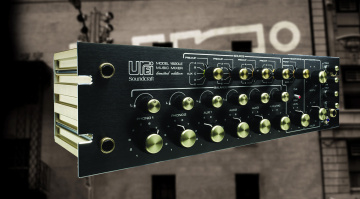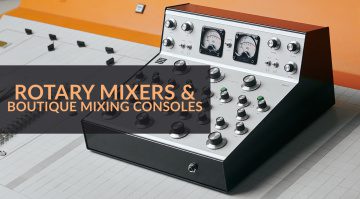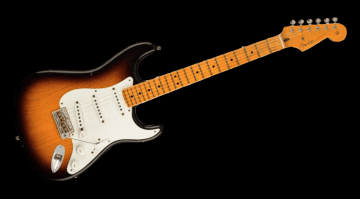UREI 1620 Rotary Mixer: Classic DJ Gear
This is the story of the classic rotary mixer.
The UREI 1620 was the choice for top discos throughout the 1970s and 1980s. But did you know it’s actually a clone?
UREI 1620 Rotary Mixer
The world of DJing is a wide and complex one, with technology of all kinds available to help you play music. I’ve talked about the turntable that started it all, the Technics SL-1200, before. It’s only right that for this edition of Classic DJ Gear we look at the history of a legendary mixer, the UREI 1620.
Table of Contents
UREI 1620: King of the Discos
Released in the early 1970s just as discos were becoming a force to be reckoned with, the UREI 1620 soon became the industry standard for mixers. Built like a tank, with premium components that ensured top sound quality, the UREI 1620 was the mixer of choice for the Paradise Garage, Studio 54 and even later spots like New York’s Tunnel Club. San Francisco’s Wicked Crew took one out with them for their renegade Full Moon Parties in the 1990s and Little Louie Vega even had his own custom-badged one.
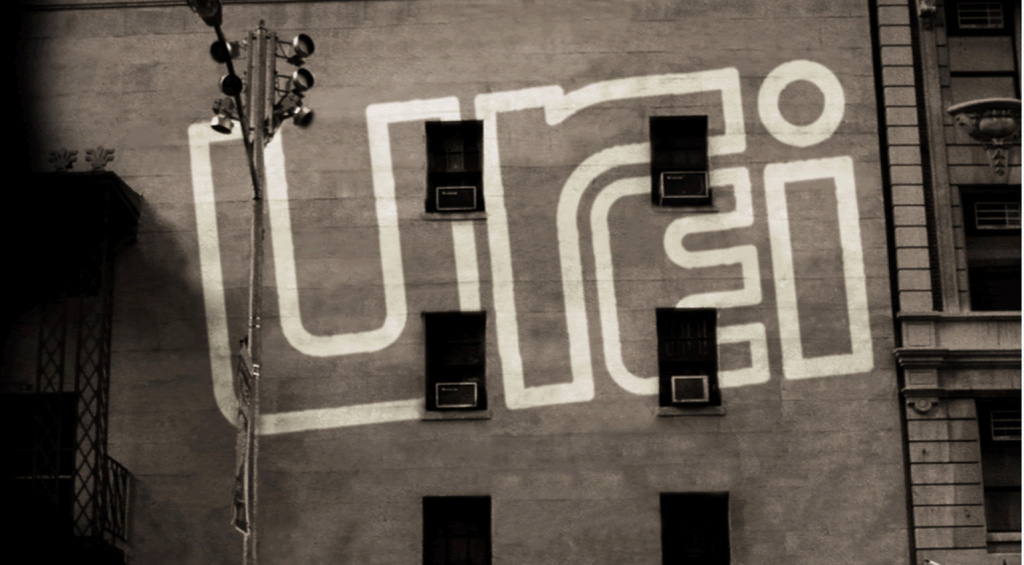
The story of the UREI 1620, which was in production for an astonishing 22 years from 1971 to 1993, is actually the story of four mixers. Five if you count an early prototype. And, surprisingly, the 1620 wasn’t even an original creation – it was a clone.
Bozak CMA-10-2DL
In 1971, American speaker company Bozak launched the CMA-10-2DL. A stereo mixer, it was the culmination of almost a decade of work making monaural mixers for discotheques, the then-new night club variety where people danced to records played by a DJ rather than a live band.
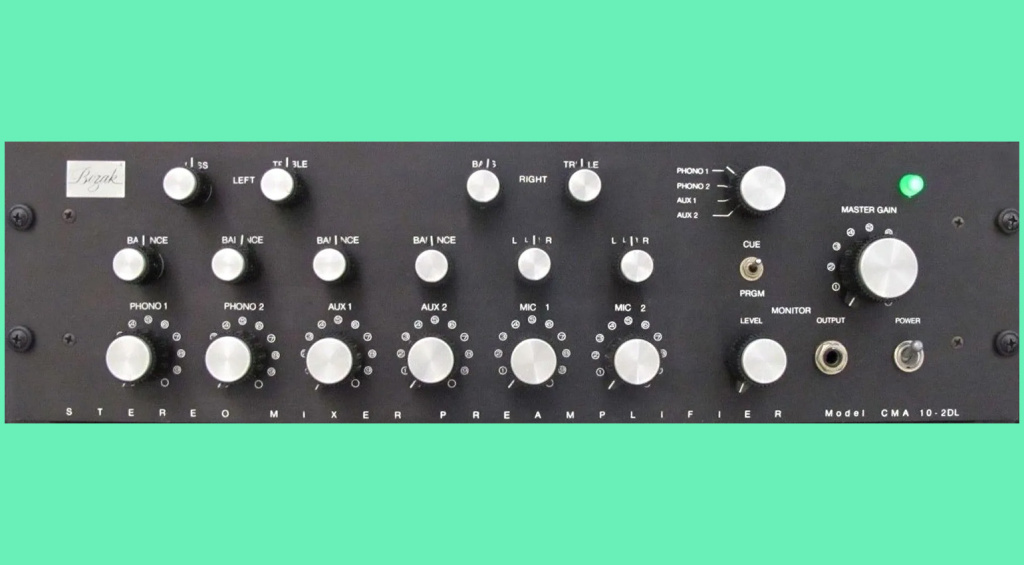
The CMA-10-2DL is important for a number of reasons. Because of its high-quality build and components – Bozak used Allen-Bradley “Type J” (later ALPS RK40 “Black Beauty”) potentiometers – plus discrete circuitry, it brought an element of high-fidelity sophistication to clubs.
It’s also important for being the first rotary DJ mixer. Unlike other mixing boards you could find in discotheque booths, like Alex Rosner’s influential Rosie prototypes, the CMA-10-2DL sported knobs rather than faders. According to the great site Resistormag, Bozak based its designs on radio broadcast mixers. “This is where the inclusion of large knobs, instead of sliders, to regulate output of each channel came from: broadcasters knew that knobs have a higher SQ (sound quality), and are more durable than sliders,” the site says in “An Introduction To The Analogue Rotary Mixer.”
With its two phono channels and two auxiliary channels, it had plenty of options for the average club jock. Each of these channels could be panned independently, as could the two microphone channels. It had separate treble and bass knobs for both right and left channels as well as individual cue selections for the four channels. With this, a DJ could actually beatmatch, something that was just catching on thanks to pioneers like Francis Grasso.
UREI 1620
“I have to say that out of all the rotary mixers that I’ve ever played on and owned my favorite is the original UREI 1620 and the original Bozak.” —DJ David Morales
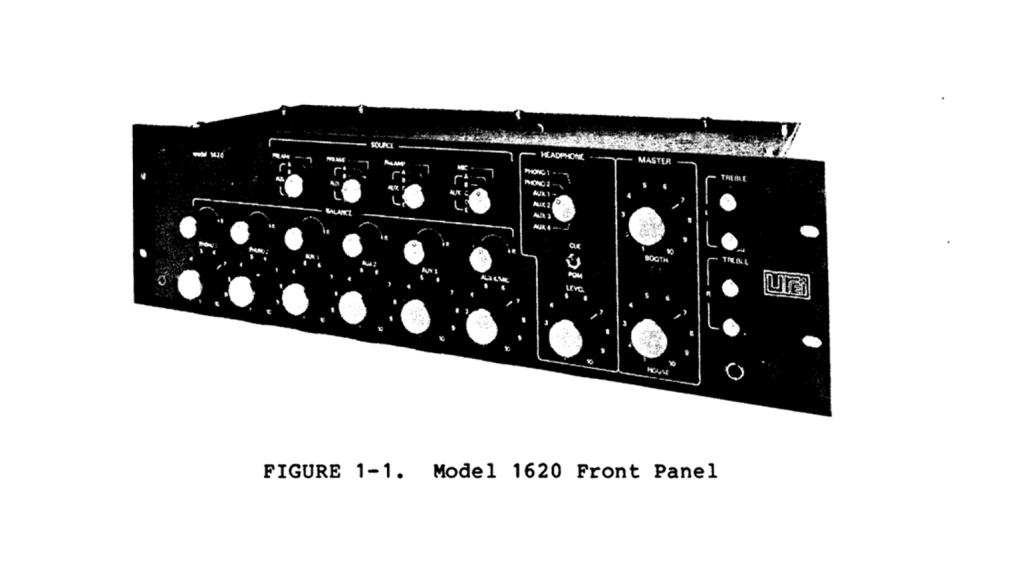
The same year that the Bozak CMA-10-2DL came out (1971), UREI released its own rotary mixer, the 1620. Essentially a recreation of the Bozak, the 1620 offered similarly high-quality pots and signal paths, adding two additional auxiliary channels and doubling the fourth aux channel up with a microphone input. Additionally, you could modify the unit for extra phono inputs with cards that could slide in.
UREI aka United Recording Electronics Industries was founded only four years prior to the release of the 1620. However, the company had been around in some form or another since the 1950s, when it had a name you may know, Universal Audio. Although best known for their compressors and limiters by 1971, the UREI pedigree for sound quality was certainly there.
Sound engineer Richard Long, who set up the sound systems for a number of famous 1970s disco clubs including Paradise Garage and Studio 54, loved the 1620 and made sure it could be found in their booths.
Even more so than the Bozak, the UREI 1620 has become synonymous with night clubs and sound quality, and remains a favorite of DJs around the world.
Rane MP 2016
Although the 1620 remained a staple of clubs until its demise in 1983, the writing was on the wall as far back as 1977. This is when GLI dropped the PMX 7000 aka the poor man’s Bozak. One of the first mixers with a horizontal crossfader, it was much more affordable than the Bozak and UREI and, thanks to a burgeoning hip-hop scene, it helped spell the end of rotary mixers – for a while.
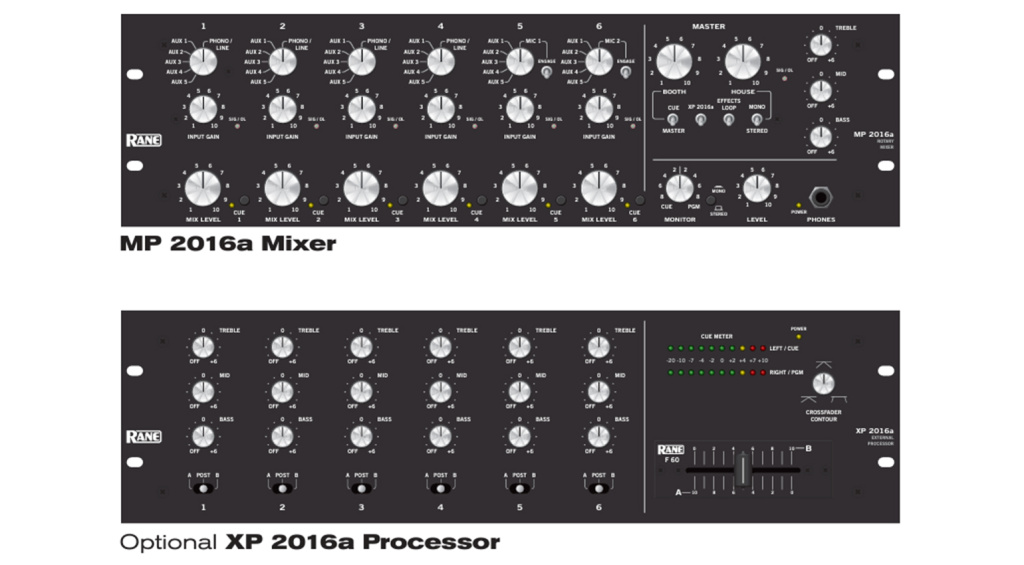
In 1999, Rane took a chance and released the MP 2016. Followed by the 2016a and 2016S, the company recreated the Bozak/UREI style with a full complement of rotary knobs. Six-channel, you could assign any channel to any input, with added gain knobs to bolster the volume ones. The master section featured high, mid and low EQ plus an effects loop.
It being Rane, the company added a crossfader companion unit, the XP 2016 (later 2016a and 2016S) with channel EQs.
Soundcraft UREI 1620LE
The UREI 1620 story has one last entry. In 2005, Soundcraft – now the owners of the UREI name – decided to re-release the classic mixer. Called the UREI 1620LE, it gave a new generation of DJs and club owners a chance to use the famous mixer.
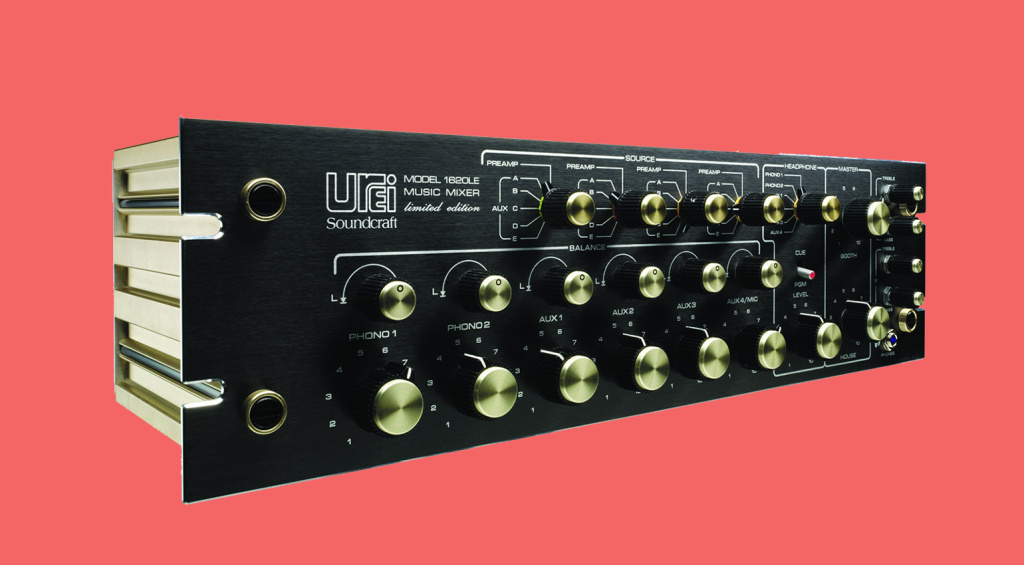
“One look at the feature set will tell you that the 1620LE is all about the music,” Soundcraft said on the product page. “Classic rotary level & balance controls, great source flexibility, separate House and Booth outputs, a beautifully elegant headphone section and true balanced connections put performance where it really counts.”
The 1620LE is now discontinued. Being the most recent, it remains the most common 1620 on the used market.
For a guide on the best modern rotary mixers – of which there are many now – see this article.

 5,0 / 5,0 |
5,0 / 5,0 | 